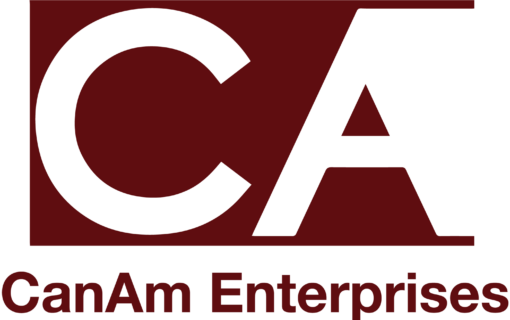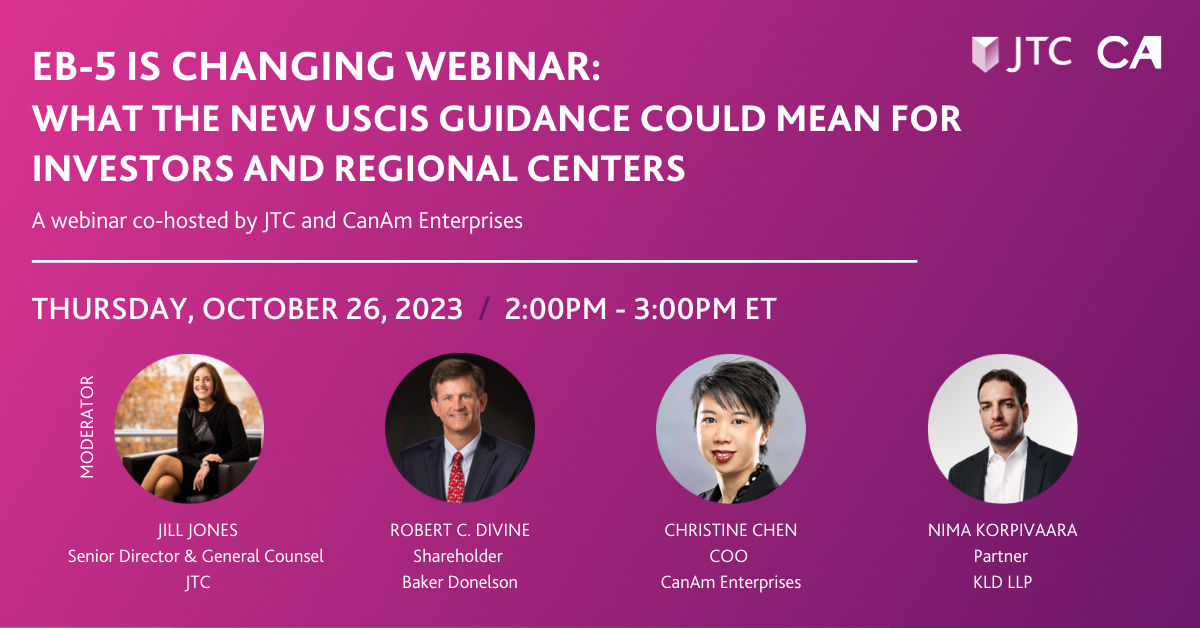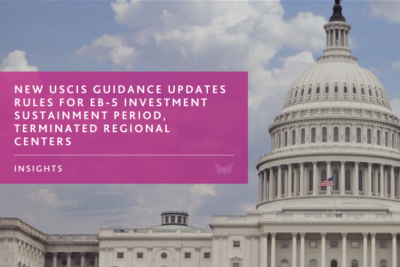One of the more intriguing paradoxes of any economy today is that while companies in America still desperately need skilled workers in STEM (Science, Technology, Engineering, and Mathematics) fields, the U.S. government’s work visa policies seem be working against them.
The demand: The Tech industry employs about 5.9 million people and supports 19 percent of all U.S. jobs, according to the Information Technology and Innovation Foundation, while accounting for about 9.3 percent of America’s Gross Domestic Product (GDP). And although much has been reported about labor force reductions among big tech companies in the U.S., demand for tech workers is not slowing. The Bureau of Labor Statistics estimates that between now and 2031, jobs for cybersecurity analysts will grow by 35 percent and software developers by 25 percent, both outpacing the average 5 percent employment growth rate. And that’s just in key specialty areas. More than 276,000 net new tech jobs are forecast for 2023 in the U.S., as well as a 7.5 percent year over year increase in the number of new Tech Business establishments. It is one of the fastest growing industries in the U.S.
The paradox: Some of the most gifted and talented STEM workers come from India, and they’ve bolstered the U.S. economy and workforce over the last two decades by coming overseas via the H-1B visa. According to the most recently available data from USCIS (FY2022), 76.2 percent of all H-1B approved petitions were for India workers, and of all approved petitions, more than 66 percent were for workers in computer-related occupations. Ironically, that visa is arguably harder to apply for today than ever before. This year, more than seven times the number of applicants sought H-1B work visas than the actual number of H-1Bs available. And once again, a larger number of India workers had to rely on a random lottery, rather than merit, to be selected for one of the 85,000 coveted visas available for the fiscal year.
The U.S. economy is far better off when it attracts and taps into the gifts and talents of young people who come to the America to launch their careers and future. Immigrant entrepreneurs in U.S. billion-dollar startups come from diverse backgrounds, hailing from 57 countries. India, with 66 companies, is the leading country of origin for the immigrant founders of U.S. billion-dollar companies. One in every ten tech workers in the Silicon Valley is of Indian origin and one in every three start-ups has an Indian co-founder. These disrupters are leading next generation advances in technology and are prospering economically. Indian Americans’ median income is the highest among Asians at $123,700, almost double the American national median income.
A visa alternative: Keeping the economic gateway open – and finding an alternative route to the unreliable H-1B visa – may be more important to both personal and national prosperity than ever. That’s why the EB-5 visa is getting more attention, from those living in India and other Indians working and studying in America. Unlike H-IB, which is a non-immigrant visa that requires employer sponsorship and frequent renewals, EB-5 has no such limitations and is a clear path to permanent U.S. residency.
The EB-5 visa allows qualified foreign investors to earn a conditional green card in return for investing $800,000 in a high unemployment area that creates at least ten U.S. jobs. EB-5 regional center operators like CanAm are authorized by the U.S. government to help immigrants satisfy the job creation requirement by offering visa applicants job-generating projects required under the program. Through this immigration by investment formula, investors, their spouse and children under age 21 may all qualify for two-year conditional green cards and receive those two years back as a credit toward the five-year lawful permanent residency requirement for U.S. citizenship. Over the last 35 years, CanAm immigrant investor families have received more than 15,000 conditional green cards and 8,100+ permanent green cards. At the same time, CanAm has repaid more than $2.24 billion in EB-5 capital — representing 4,500 investor families.
Benefits Indians already in the U.S.: Under EB-5 program reforms put into place in 2022, it’s now possible for someone lawfully in the U.S. on another visa, such as H-1B, to take advantage of the benefits of the EB-5 visa. The new law allows EB-5 petitioners in the U.S. to file an application to adjust their visa to that of a lawful permanent resident (Form I-485) while concurrently with the filing their EB-5 petition (Form I-526E). The concurrent filing allows the EB-5 petitioners to remain in the U.S. during the time that his/her Form I-526E adjudication is pending.
Immigration is a huge, uprooting step for any family, and the EB-5 investment is equally consequential. With that being said, there are many advantages to the EB-5 visa that may be extremely important to Indians families. So many understand and experience how their children benefit from participating in one of the world’s greatest economies. Others understand how the H-1B visa, while instrumental to their career success, falls short of providing the freedoms and flexibility they may need to fully develop their careers and build wealth in America. Regardless of motivation, Individuals should carefully consider their goals, consult with immigration attorneys and financial advisors and weigh their and long-term immigration objectives before deciding on what visa choices make the most sense for their family’s future.
Peter Calabrese is CEO at CanAm Investor Services, a FINRA-registered broker dealer affiliated with CanAm Enterprises, one of the leading EB-5 regional center operators, and the views expressed in this article are his own
CanAm Enterprises, with over three decades of experience promoting immigration-linked investments in the US and Canada, has a demonstrated track record of success. With over 60 financed projects and $3 billion in raised EB-5 investments, CanAm has earned a reputation for credibility and trust. To date, CanAm has repaid more than $2.26 billion in EB-5 capital from over 4,530 families. CanAm manages several USCIS-designated regional centers that stretch across multiple states. For more information, please visit www.canamenterprises.com.






